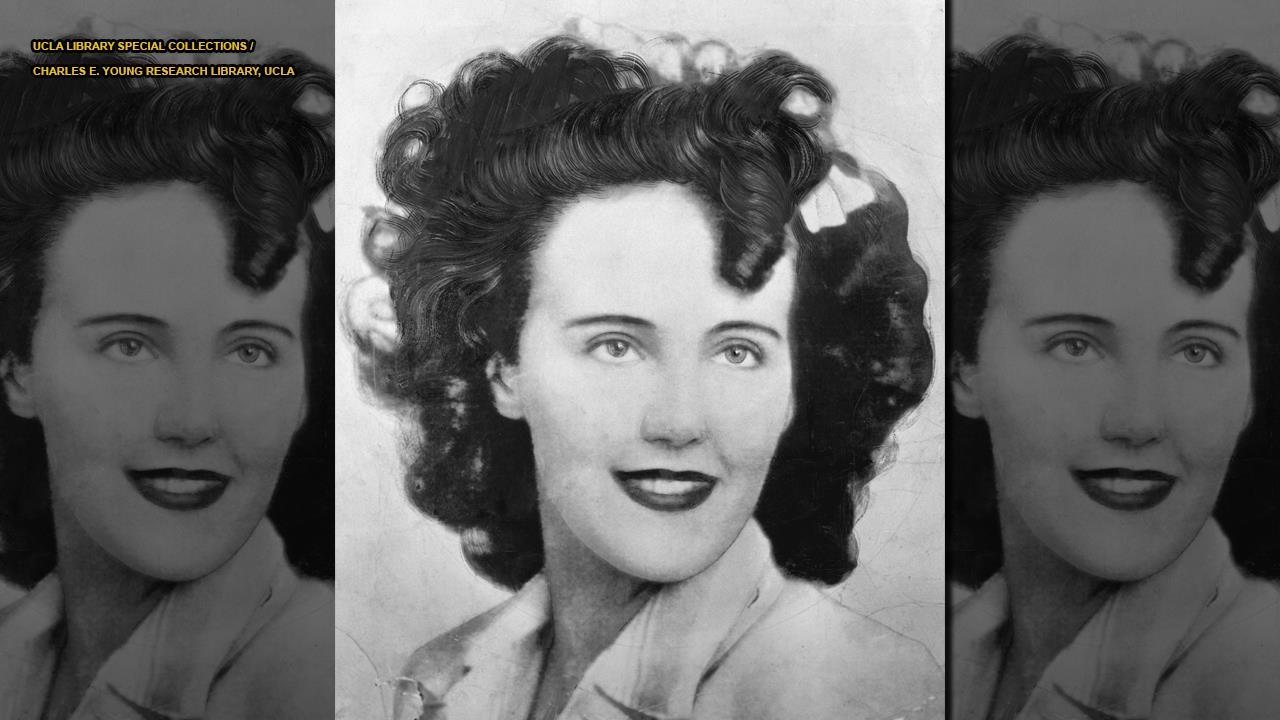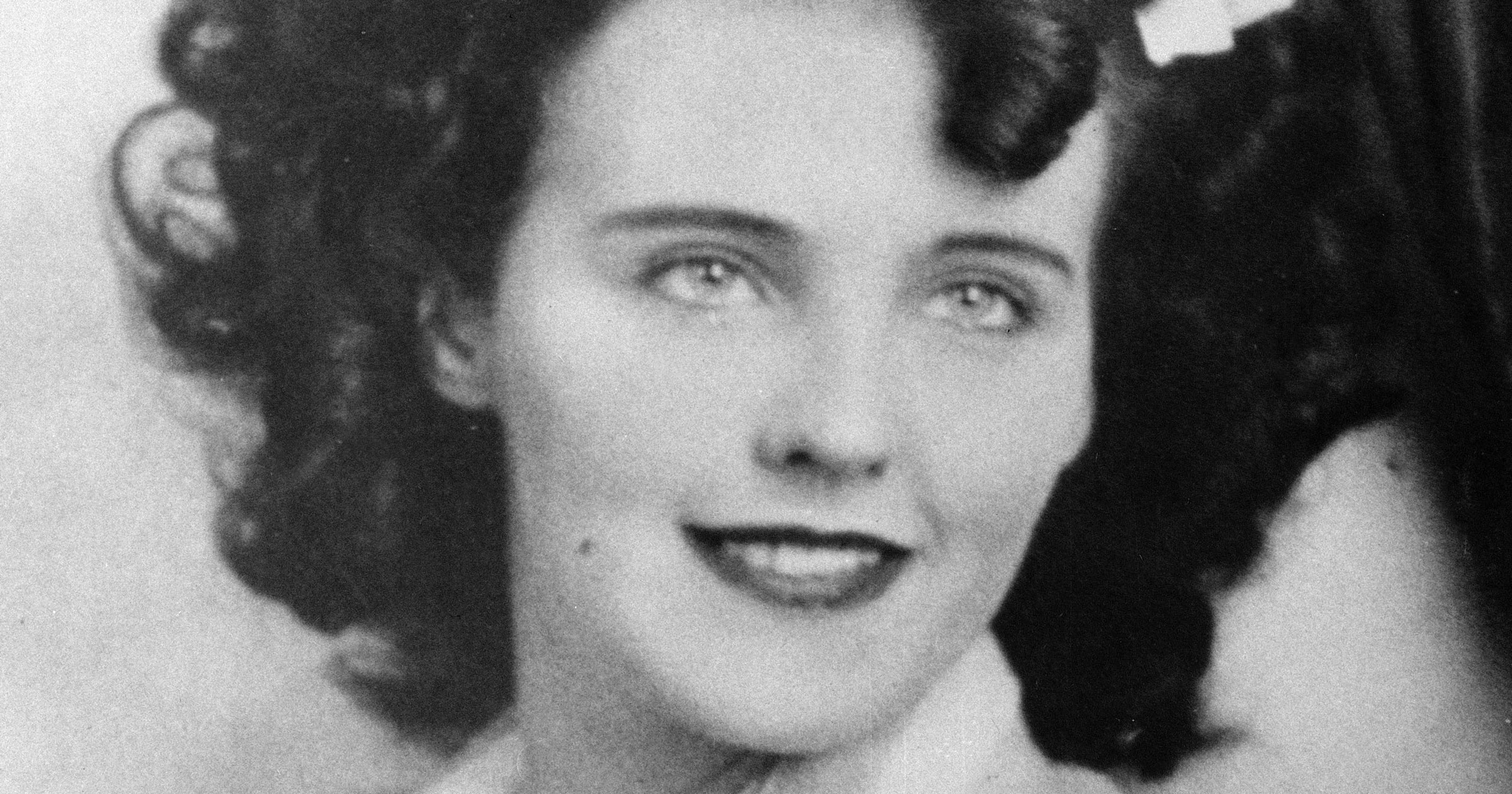The Black Dahlia murder case has captivated the public's imagination for decades, with its mysterious circumstances and the enigmatic allure of Elizabeth Short's tragic fate. This infamous unsolved case continues to be a focal point for true crime enthusiasts and historians alike. As we delve into the Black Dahlia murder scene photos, we uncover the dark details that have kept this case alive in the public consciousness for over 70 years.
The Black Dahlia murder scene photos are not only a chilling reminder of one of America's most infamous unsolved crimes but also a testament to the enduring quest for justice. These images, though graphic, serve as a crucial piece of the puzzle that continues to intrigue and haunt those who seek to understand the truth behind Elizabeth Short's murder.
Through this article, we aim to explore the significance of the Black Dahlia murder scene photos, their role in the investigation, and the impact they have had on the public's perception of the case. By examining these images and the context surrounding them, we hope to shed light on the complexities of this enduring mystery.
Read also:What Is Blippis Real Name Unveiling The Truth Behind The Social Media Sensation
Table of Contents
- Biography of Elizabeth Short
- Murder Details and Timeline
- Black Dahlia Murder Scene Photos
- Investigation and Leads
- Impact on Media and Society
- Public Reaction and Speculation
- Forensic Analysis of the Photos
- Why the Case Remains Unsolved
- Cultural Significance of the Black Dahlia
- Conclusion and Final Thoughts
Biography of Elizabeth Short
Early Life and Background
Elizabeth Short, famously known as the Black Dahlia, was born on July 29, 1924, in Boston, Massachusetts. Her early life was marked by a series of moves and personal struggles that would eventually shape her tragic fate. Known for her striking beauty and enigmatic charm, Elizabeth's life took a dark turn when she was brutally murdered at the young age of 22.
Below is a summary of Elizabeth Short's personal information:
| Full Name | Elizabeth Short |
|---|---|
| Nickname | Black Dahlia |
| Date of Birth | July 29, 1924 |
| Place of Birth | Boston, Massachusetts |
| Date of Death | January 15, 1947 |
| Cause of Death | Murder |
Murder Details and Timeline
Discovery of the Body
The Black Dahlia murder case began on January 15, 1947, when the mutilated body of Elizabeth Short was discovered in a vacant lot in Leimert Park, Los Angeles. The gruesome scene and the condition of her body shocked the nation and sparked a media frenzy that has lasted for decades.
The timeline of events leading up to her death remains unclear, with numerous theories and speculations surrounding her final days. What is certain is that Elizabeth's life ended in a violent and tragic manner, leaving behind a legacy of mystery and intrigue.
Black Dahlia Murder Scene Photos
The Black Dahlia murder scene photos are among the most infamous images in true crime history. These photographs document the brutal reality of Elizabeth Short's murder and have become a central focus of the investigation and public fascination with the case.
- Photographs were taken by Los Angeles Police Department detectives.
- They depict the crime scene in meticulous detail, capturing the condition of the body and the surrounding area.
- These images have been analyzed extensively by forensic experts and crime enthusiasts alike.
Investigation and Leads
Initial Investigation
The investigation into the Black Dahlia murder was extensive, involving numerous detectives and law enforcement officials. Despite the efforts of the LAPD and the cooperation of various agencies, the case remains unsolved to this day.
Read also:Comprehensive Guide To Nordstromrackcom Returns Everything You Need To Know
Several key leads and suspects were identified during the investigation, but none led to a conclusive resolution. The complexity of the case and the lack of conclusive evidence have contributed to its enduring mystery.
Impact on Media and Society
The Role of the Press
The Black Dahlia murder case had a profound impact on the media and society at large. The sensational nature of the crime and the graphic details of the murder scene photos captured the public's attention, leading to widespread media coverage.
Newspapers and magazines of the time published extensive articles and editorials about the case, fueling public interest and speculation. The nickname "Black Dahlia" was coined by reporters, further cementing the case's place in popular culture.
Public Reaction and Speculation
Theories and Conspiracy
The public reaction to the Black Dahlia murder case was intense, with numerous theories and conspiracy speculations emerging over the years. From claims of serial killers to suggestions of Hollywood connections, the case has inspired countless theories and interpretations.
Despite the lack of concrete evidence, the public's fascination with the Black Dahlia murder continues to thrive, fueled by the mystery and intrigue surrounding the case.
Forensic Analysis of the Photos
Scientific Examination
The Black Dahlia murder scene photos have been subjected to extensive forensic analysis over the years. Experts have examined the images for clues and evidence that could shed light on the circumstances of Elizabeth's death.
Advancements in forensic science and technology have allowed investigators to revisit the case with new tools and techniques, but the identity of the killer remains elusive.
Why the Case Remains Unsolved
The Black Dahlia murder case remains one of the most infamous unsolved crimes in American history. Despite numerous investigations and the efforts of law enforcement, the identity of Elizabeth Short's killer has never been confirmed.
Factors contributing to the case's unsolved status include the lack of conclusive evidence, the passage of time, and the complexity of the crime itself. The case continues to inspire interest and investigation, with new theories and leads emerging regularly.
Cultural Significance of the Black Dahlia
Influence on Popular Culture
The Black Dahlia murder case has had a lasting impact on popular culture, inspiring books, movies, and television shows. The case's mysterious nature and the enigmatic allure of Elizabeth Short have made it a favorite subject for artists and storytellers.
From Brian De Palma's 2006 film "The Black Dahlia" to countless documentaries and podcasts, the case continues to captivate audiences around the world. Its cultural significance lies in its ability to evoke emotion and curiosity, keeping the memory of Elizabeth Short alive for generations to come.
Conclusion and Final Thoughts
In conclusion, the Black Dahlia murder scene photos represent a chilling chapter in the annals of true crime history. The case's enduring mystery and the enigmatic nature of Elizabeth Short's life and death continue to fascinate and intrigue people worldwide.
We invite you to share your thoughts and theories in the comments section below. Your insights and perspectives are valuable in helping us understand this complex and compelling case. For more articles on true crime and historical mysteries, explore our website and stay informed about the latest developments in the world of crime and investigation.
Remember, the quest for truth is ongoing, and every piece of information, no matter how small, can contribute to solving the mysteries of the past. Together, we can keep the memory of Elizabeth Short alive and honor her legacy by seeking justice and understanding.
Source References:
- FBI Famous Cases: Black Dahlia
- Los Angeles Police Department: Black Dahlia Case
- True Magazine: The Black Dahlia Murder


